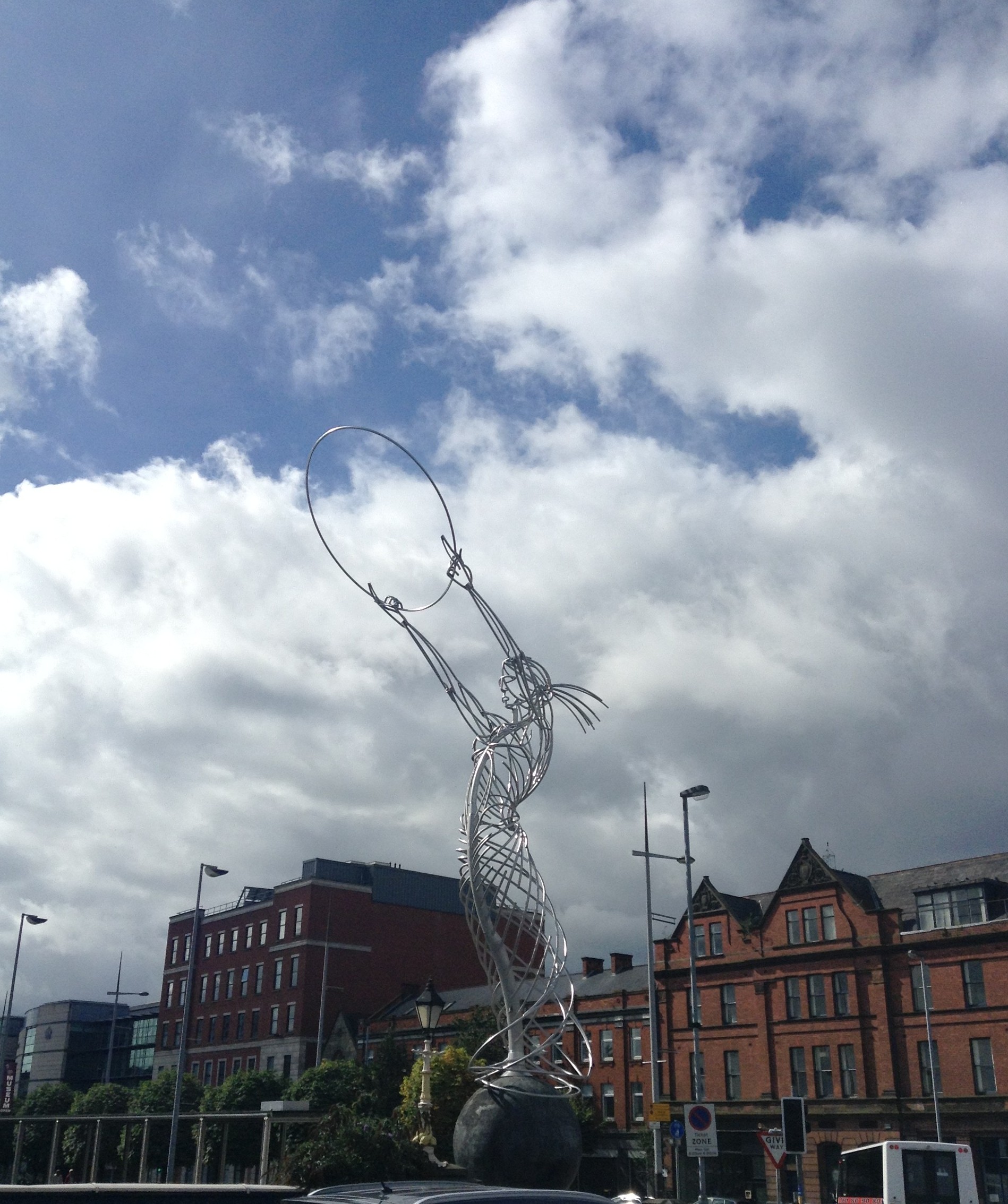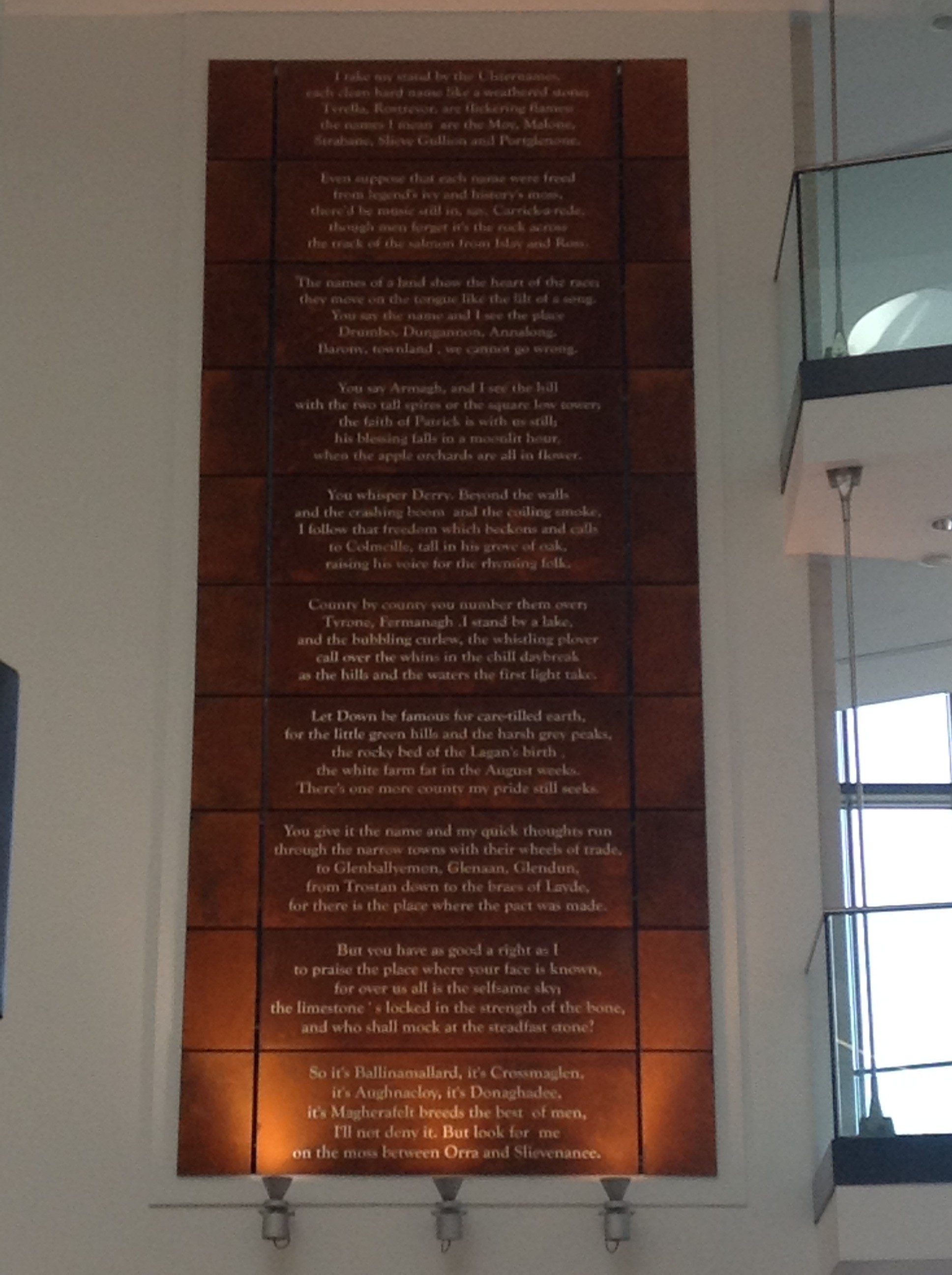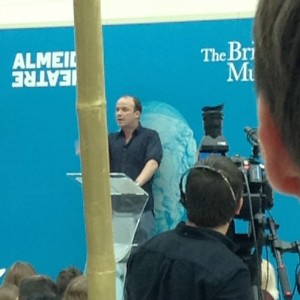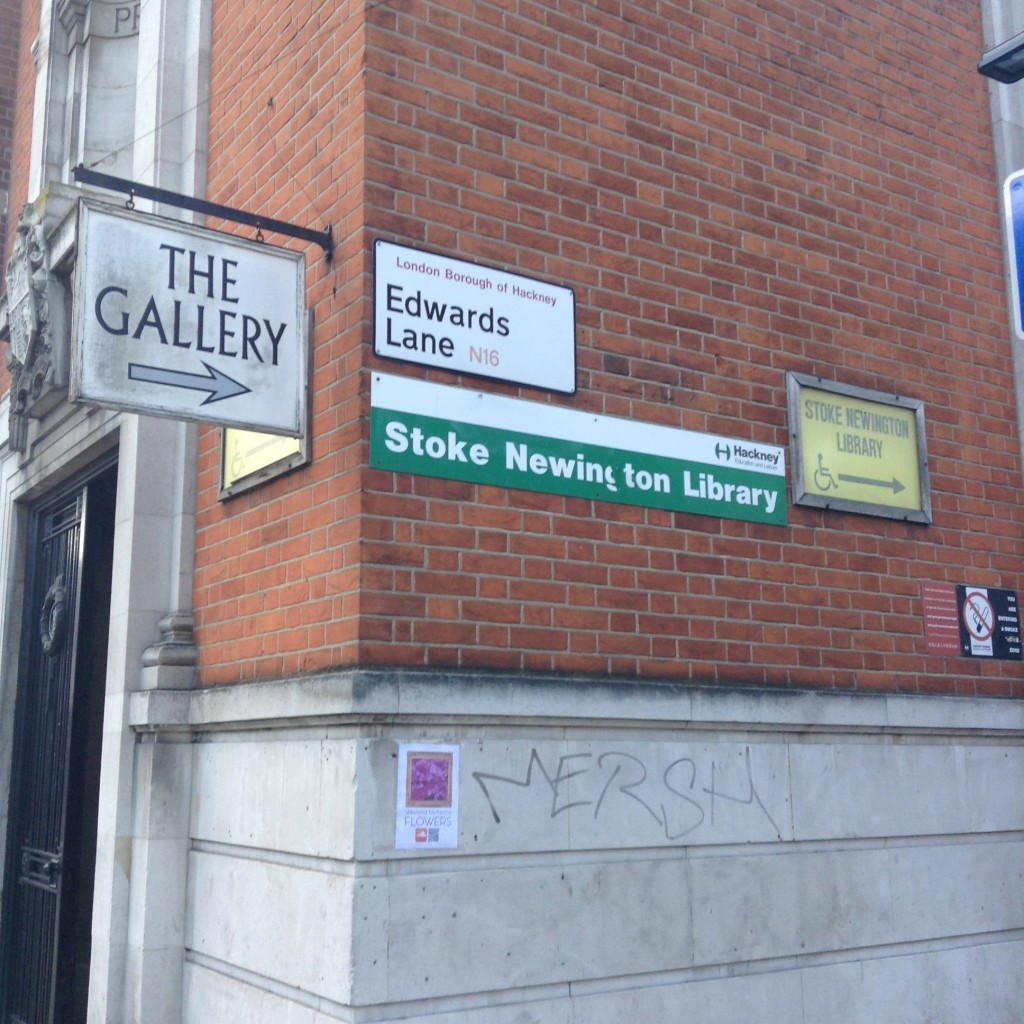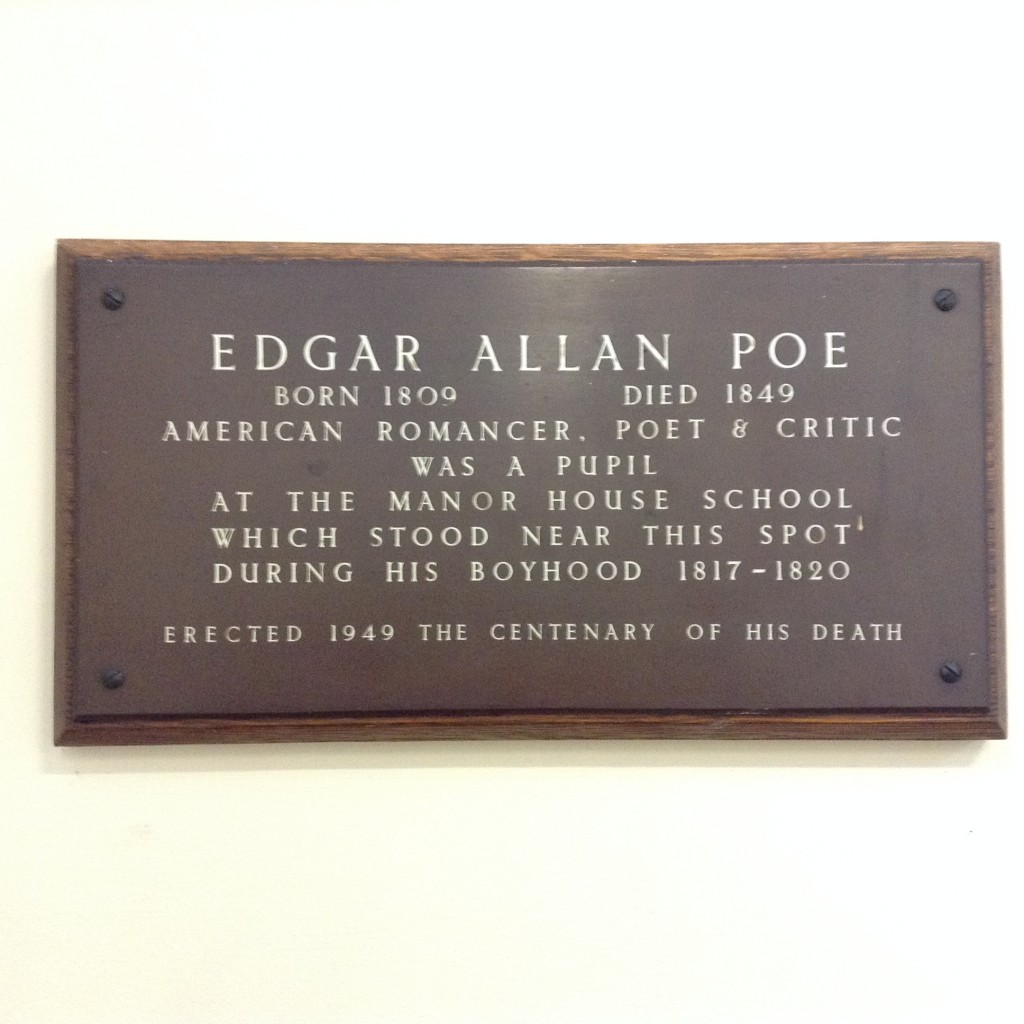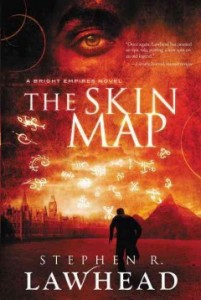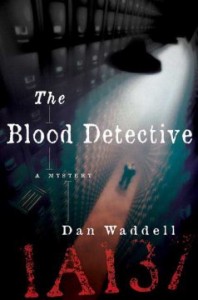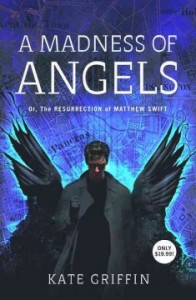Greetings, Beloved Patrons, from the home of Sir Kenneth Branagh, C.S. Lewis, and the RMS Titanic…Belfast, the capital of Northern Ireland.
Belfast is a city with quite an…interesting history. For many, it is a microcosm of “The Troubles”, a period of time from approximately 1968-1998 when ethno-religious conflict tore this area apart and devastated families, lives, and large areas of the city, when tensions between the police/army and citizens reached incendiary levels, and ended in the Good Friday Peace Accord, a landmark, though very tenuous, piece of legislation that established the government still at work in Northern Ireland today. For others, it is rapidly becoming a major tourist attraction, primarily for the history of Belfast’s ship-building industry, which brought the world the beautiful, doomed Titanic (cue the theme music at your convenience).
I went up to Belfast to check out the Public Record Office, which is a beautiful building on Queen’s Quay, a stunning new tourist development area on the east bank of the River Lagan. For years, this area was a derelict, very run-down area, but it is rapidly becoming a hub for tourism in the city. As someone who has studied Belfast and The Troubles for years, this area offers a new future for this city that is full of hope. This is most clearly embodied in the Thanksgiving Statue, also known as the Beacon of Hope, which was erected in 2007:
The lady herself is a representation of Ireland, who is traditionally portrayed as a female, while the globe at her feet indicates the universal philosophy of peace and harmony. The globe itself it marked with the cities to which the people and industries of Belfast migrated and were exported. It’s an enormous, impressive, and emotional piece of public art that really sets the mood for this area of the city.
Up ahead is the official Titanic Museum, which you can read about here. Though it isn’t officially open as yet, tourists can still get inside and see the work in progress–and judging from what people are saying, when this place is up and running, it is going to be an incredibly impressive attraction. The building itself is stunning, catching the light from the river and shimmering in the sunshine (when the sun shines in Belfast, that it is…). To be honest with you, though, there are a lot of people in Belfast who think the building looks a bit like an iceberg…to the extent that the building has been nicknamed ‘The Iceberg’ by many locals….
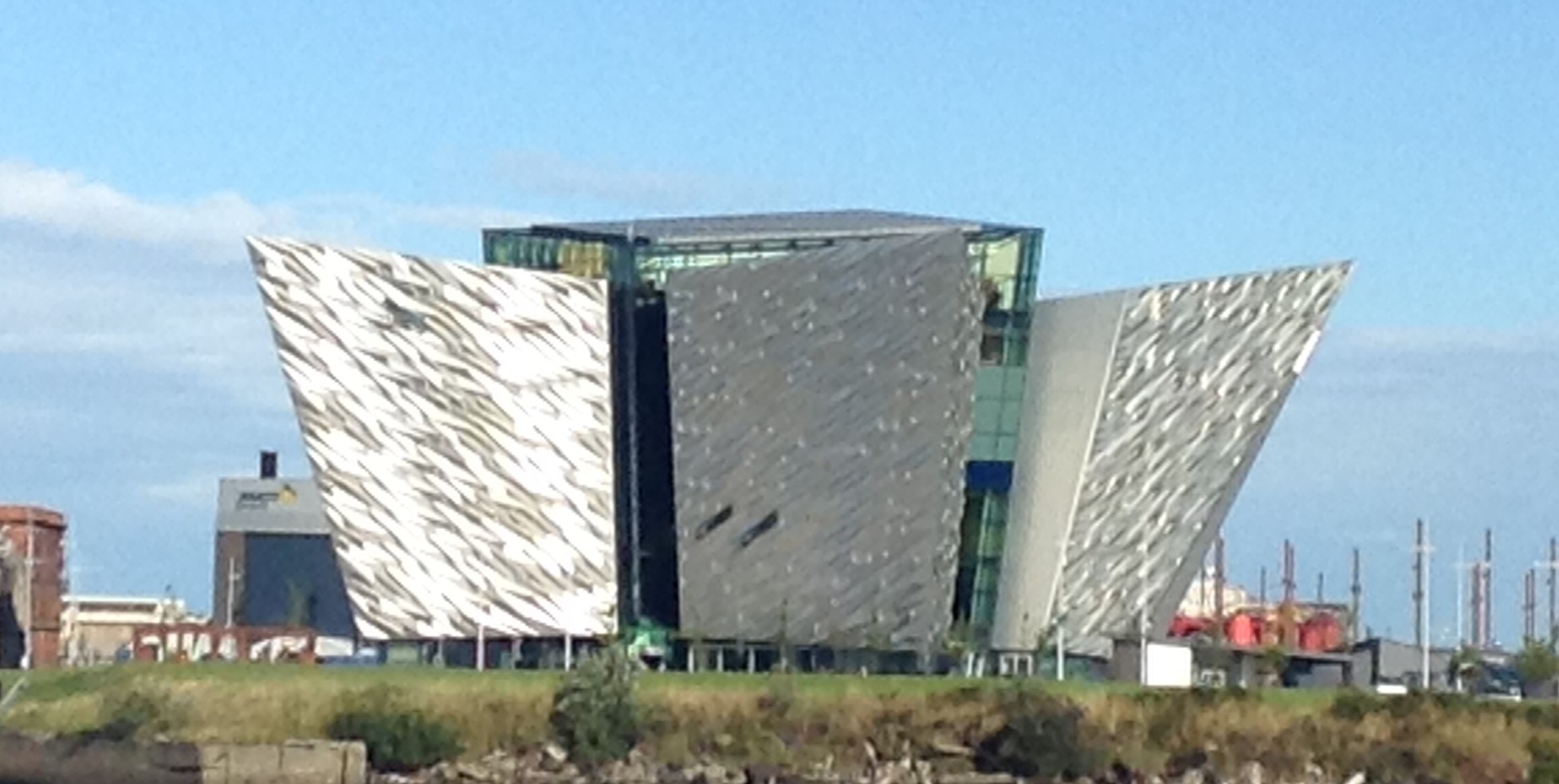
But while these constructions are enormously impressive, and the turn-around this area has experienced are considerable and a justifiable source of pride, it is also very interesting to consider how much history has been forgotten in order to preserve these choice moments in Belfast’s history.
Along Queen’s Quay, there are placards along the railing with quotes about how great Belfast’s ship-building industry is, how hard-working are the Ulstermen of Belfast, and how their work will bring pride to the British Empire. In the Public Records Office of Northern Ireland, there is a poem by local poet, John Hewitt, called “Ulster Names” that begins:
I take my stand by the Ulster names,
each clean hard name like a weathered stone;
Tyrella, Rostrevor, are flickering flames:
the names I mean are the Moy, Malone,
Strabane, Slieve Gullion and Portglenone.
Now, part of what I study is the act of memorialization and commemoration, so these things are very interesting to me personally…but nothing here actively remembers The Troubles. Nothing about the Thanksgiving Statues commemorates those who died. None of the quotes along the Quay mentions the Catholic, the Irish, or the non-Ulster character of the shipbuilding industry (which was considerable, at least until the mid-1920’s); the poem above obscures as many names as it remembers. And I couldn’t help but wonder–and worry–as I took all this is: how much must we forget in order to ‘move on’? What do we lose as we look forward?
It’s certainly an interesting time, and it sounds like there are even more choices to be made in the future, but for now, if you are interesting in learning more about the history of this area, here are some selections for you to consider:
 Making Sense of the Troubles: David McKittrick’s comprehensive, and wonderfully insightful study of The Troubles from the 1920’s onward is a very helpful guide, as a fascinating piece of history. He introduces themes, context and lingo very well, and generally tries to stay unbiased in his evaluations, making this book a very good introduction to this area, and a time that should be impossible to forget. A new edition, with the contributions of historian David McVea, should be available in the US very soon.
Making Sense of the Troubles: David McKittrick’s comprehensive, and wonderfully insightful study of The Troubles from the 1920’s onward is a very helpful guide, as a fascinating piece of history. He introduces themes, context and lingo very well, and generally tries to stay unbiased in his evaluations, making this book a very good introduction to this area, and a time that should be impossible to forget. A new edition, with the contributions of historian David McVea, should be available in the US very soon.
 Belfast Diary: War as a Way of Life: This ‘street-level’ view of the Troubles through the eyes of a man living in a working-class Catholic enclave in Belfast is a heartbreaking, but deeply insightful view into the Troubles, and how heroes could rise out of the most unlikely slums, and how ingrained the violence of this period became for those forced to live through it. You won’t necessary find the stuff that made headlines here, but this book humanizes this period is a way that you won’t soon forget.
Belfast Diary: War as a Way of Life: This ‘street-level’ view of the Troubles through the eyes of a man living in a working-class Catholic enclave in Belfast is a heartbreaking, but deeply insightful view into the Troubles, and how heroes could rise out of the most unlikely slums, and how ingrained the violence of this period became for those forced to live through it. You won’t necessary find the stuff that made headlines here, but this book humanizes this period is a way that you won’t soon forget.
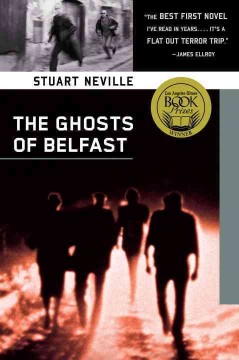 The Ghosts of Belfast: This is one of my favorite books about Belfast, Northern Ireland, the Troubles, and one of my favorite crimes novels in general. Stuart Neville is one of those authors who can stuff an incredible amount of pathos into the shortest of sentences, and that talent is on full display here. Fegan was an IRA assassin for years, but now that peace has been declared, he is haunted by the ghost of twelve people that he killed–twelve people who will not rest until they are avenged.
The Ghosts of Belfast: This is one of my favorite books about Belfast, Northern Ireland, the Troubles, and one of my favorite crimes novels in general. Stuart Neville is one of those authors who can stuff an incredible amount of pathos into the shortest of sentences, and that talent is on full display here. Fegan was an IRA assassin for years, but now that peace has been declared, he is haunted by the ghost of twelve people that he killed–twelve people who will not rest until they are avenged.

